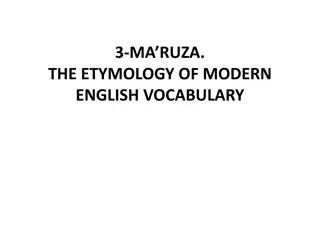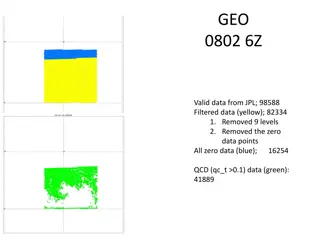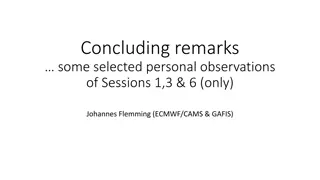Conveying Assimilation in The Namesake
How Jhumpa Lahiri's novel, The Namesake, effectively conveys views on assimilation through intricate plot developments, compelling characters, and underlying conflicts. Dive into the analysis of key chapters, characters, events, internal and external conflicts related to assimilation, and the essential themes explored in the text. Unlock the complexities of the immigrant experience and Lahiri's perspective on cultural integration.
Uploaded on May 01, 2025 | 0 Views
Download Presentation

Please find below an Image/Link to download the presentation.
The content on the website is provided AS IS for your information and personal use only. It may not be sold, licensed, or shared on other websites without obtaining consent from the author.If you encounter any issues during the download, it is possible that the publisher has removed the file from their server.
You are allowed to download the files provided on this website for personal or commercial use, subject to the condition that they are used lawfully. All files are the property of their respective owners.
The content on the website is provided AS IS for your information and personal use only. It may not be sold, licensed, or shared on other websites without obtaining consent from the author.
E N D
Presentation Transcript
Reading Focus: Identify how Jhumpa Lahiri s novel The Namesake conveys views of ASSIMILATION through the use of plot, characters, and conflicts. Evidence: Reading Checks Chapter Summaries Literary Circles & Socratic Seminar Discussion Progress Checks
Big Questions Chapter 1-2 (pp. 1-47): How do Ashoke and Ashima begin to introduce the idea of ASSIMILATION to the reader? Chapter 3-5 (48-124): Describe Gogol and evolution of his relationship to his name throughout these chapters. Chapter 6-8 (125-187): How do the new characters and events in these Chapters reveal Lahiri s views on the limits of ASSIMILATION? Chapter 8-10 (188-245): Compare Moushumi and Gogol. Describe what brings these characters together and what keeps them apart. Chapter 10-12 (246-291): Describe the character arc of the novel s protagonist. How has he change through the events in the novel? What ideas about assimilation are conveyed through the those changes?
Use Summary Template to identify main idea and key details.
Literary Circles Small groups of students gather together to discuss a piece of literature in depth. The discussion is guided by students' response to what they have read. They provide a way for students to engage in critical thinking and reflection as they read, discuss, and respond to books.
Literary Circles Characters PLOT Identify most important characters in these chapters and identify their traits. Include p. #s of evidence and 2 important quotes. Identify 3 EVENTS that push the plot forward & reveal new complications. Include p. #s of evidence and 2 important quotes. THEME CONFLICT TOPIC: ASSIMILATION Provide examples of INTERNAL CONFLICT (Self v. Self, Self v. Social Norms) And EXTERNAL CONFLICT Identify 3 events in these chapters which reveal most about TOPIC of study. Include p. #s of evidence and 2 important quotes. (Self v. Others, Self v. Society, Self v. Environment
Socratic Seminar OBJECTIVES: Scholars will explore views of ASSIMILATION and the immigrant experience. Additionally, students will evaluate the influence of these texts ideas on contemporary American culture and society. ESSENTIAL QUESTIONS: What are Jhumpa Lahiri s views of ASSIMILATION and the immigrant experience? How does LAHIRI reveal her views and ideals in her novel, The Namesake? What THEMES are revealed and what lessons are to be learned from its symbolic characters and the outcome of events?
Final Thoughts: Discussion Evaluation SCORE I liked when _______ said __________ because _______________. An interesting idea _______________ Something I learned from the discussion ______________________. ROOM FOR IMPROVEMENT I still don t understand _____________. IN THE NEXT SOCRATIC SEMINAR























